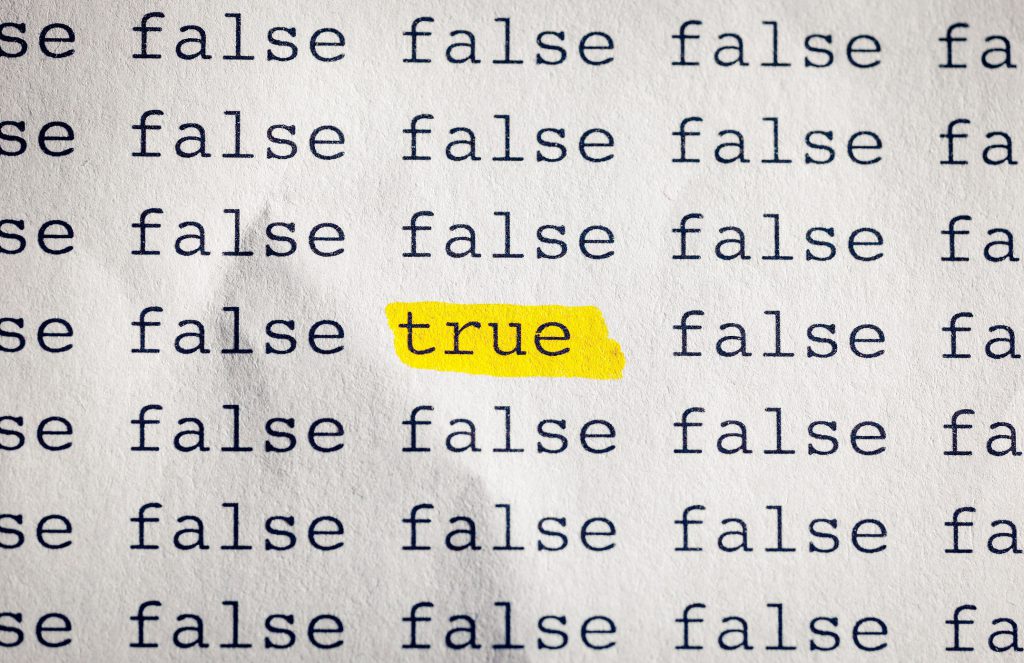Misinformation: Psychological Science Shows Why It Sticks and How to Fix It

Childhood vaccines do not cause autism. Global warming is confirmed by science. And yet, many people believe claims to the contrary.
Why does that kind of misinformation stick? A new report published in Psychological Science in the Public Interest, a journal of the Association for Psychological Science, explores this phenomenon. Psychological scientist Stephan Lewandowsky of the University of Western Australia and colleagues highlight the cognitive factors that make certain pieces of misinformation so “sticky” and identify some techniques that may be effective in debunking or counteracting erroneous beliefs.
The main reason that misinformation is sticky, according to the researchers, is that rejecting information actually requires cognitive effort. Weighing the plausibility and the source of a message is cognitively more difficult than simply accepting that the message is true – it requires additional motivational and cognitive resources. If the topic isn’t very important to you or you have other things on your mind, misinformation is more likely to take hold.
And when we do take the time to thoughtfully evaluate incoming information, there are only a few features that we are likely to pay attention to: Does the information fit with other things I believe in? Does it make a coherent story with what I already know? Does it come from a credible source? Do others believe it?
Misinformation is especially sticky when it conforms to our preexisting political, religious, or social point of view. Because of this, ideology and personal worldviews can be especially difficult obstacles to overcome.
Even worse, efforts to retract misinformation often backfire, paradoxically amplifying the effect of the erroneous belief.
“This persistence of misinformation has fairly alarming implications in a democracy because people may base decisions on information that, at some level, they know to be false,” says Lewandowsky.
“At an individual level, misinformation about health issues—for example, unwarranted fears regarding vaccinations or unwarranted trust in alternative medicine—can do a lot of damage. At a societal level, persistent misinformation about political issues can create considerable harm. On a global scale, misinformation about climate change is currently delaying mitigative action.”
Though misinformation may be difficult to correct, all is not lost. According to Lewandowsky, “psychological science has the potential to counteract all those harms by educating people and communicators about the power of misinformation and how to meet it.”
In their report, Lewandowsky and colleagues offer some strategies for setting the record straight.
- Provide people with a narrative that replaces the gap left by false information
- Focus on the facts you want to highlight, rather than the myths
- Make sure that the information you want people to take away is simple and brief
- Consider your audience and the beliefs they are likely to hold
- Strengthen your message through repetition
Research has shown that attempts at “debiasing” can be effective in the real world when based on these evidence-based strategies.
The report, “Misinformation and its Correction: Continued Influence and Successful Debiasing,” is published in the September issue of Psychological Science in the Public Interest and is written by Stephan Lewandowsky and Ullrich Ecker of the University of Western Australia, Colleen Seifert and Norbert Schwarz of the University of Michigan, and John Cook of the University of Queensland and the University of Western Australia.
The report also features a commentary written by Edward Maibach of George Mason University.
The full report and the accompanying commentary are available free online.





APS regularly opens certain online articles for discussion on our website. Effective February 2021, you must be a logged-in APS member to post comments. By posting a comment, you agree to our Community Guidelines and the display of your profile information, including your name and affiliation. Any opinions, findings, conclusions, or recommendations present in article comments are those of the writers and do not necessarily reflect the views of APS or the article’s author. For more information, please see our Community Guidelines.
Please login with your APS account to comment.